École secondaire de la Nouvelle-Ère
Birtz Bastien Beaudoin Laforest and Jodoin Lamarre Pratte architects designed École secondaire de la Nouvelle-Ère with abundant natural light and warm materials, like brick and wood, connecting to its surroundings.
With large openings to the exterior that provide an abundance of natural light, and generous public spaces designed with warm, sustainable materials like brick and wood, École secondaire de la Nouvelle-Ère offers a strong connection to its natural surroundings and creates an inspiring environment conducive to learning, creativity, well-being, and academic success.
Arranged in an L-shaped plan that opens onto an adjacent wooded area, the building comprises a three-storey main pavilion along the street and a two-storey wing for sports, extending toward the site’s back. The programs of the main pavilion are anchored by a central gathering area—the liveliest part of the institution—which is a large, double-height atrium equipped with a stage. The space is framed by a monumental staircase and an open corridor on the mezzanine, which leads to classrooms, the library, and the roof terrace. It also opens onto the rear courtyard, creating a natural amphitheater continuous with the exterior.
Context and program
École secondaire de la Nouvelle-Ère was designed for the Centre de services scolaires des Portages-de-l’Outaouais in response to strong demographic growth in Gatineau’s Aylmer region. Located at the corner of Chemin d’Aylmer and Chemin Fraser (formerly Duchesnay), the new school sits on a former golf course that is also earmarked to accommodate a residential development project.The teaching facilities are comprised of twenty-seven regular and specialized classrooms, which include four spaces for students with autism spectrum disorders (ASD); classrooms for history, computers and robotics, the labour market, and science and technology; as well as six laboratories, a music room, and two large art studios. Aside from the library, the other non-teaching facilities are food services, a double gymnasium, a training room and dance hall, showers, locker rooms, a gender-neutral washroom, and areas for teaching staff, administration, and technical and support facilities.
While the site of the school was too small to accommodate outdoor sports facilities, it was possible to use part of the access road for firefighters surrounding the building to install running tracks. To encourage sustainable mobility, a covered area for bicycle parking was also included just south of the school.
Architectural experience
From the main entrance on Fraser Road, a large reception area divides the ground floor into two sections: lockers and sports facilities on one side, and the atrium on the other.Resembling an agora, the atrium is a generous, multi-purpose, light-filled gathering space with a lowered floor that creates seating and a ramp at its perimeter, akin to bleachers. On the second floor, a green roof has been installed at the junction of the two pavilions to provide a pleasant view from classrooms and the library. The library overlooks the atrium and has access to a roof terrace for the use of students and teachers.
To allow regular surveillance of the locker space, its aisles are always visible through round windows cleverly positioned within the interior of the reception hall, and through a glass façade open to the exterior. The gymnasium has a separate entrance so that the community can benefit from the sports facility outside of school hours.
Every measure was taken to ensure universal accessibility and obstacle-free routes, with all entrances to the building being at ground level.
Design approach
The choice of an L-shaped layout was driven by the intent to maximize views of the natural landscape, while grouping the school’s main functions into a single pavilion occupying nearly the entirety of the site’s street frontage. To avoid the tunnel effect common to long, standard-width corridors, the classrooms were distributed on either side of a wide circulation space with glazing at the ends, ensuring fluid and efficient movement. This simple organization offers high visibility, reinforcing the sense of security for users.Given that a dense, compact volume was required to meet the program, great attention was paid to the green roof, roof terrace, and exterior envelope to ensure the volume would have a welcoming character, a strong presence on the street, and coherence. The carefully selected blend of bricks—in yellow, beige, ochre, and earth tones—harmonizes with the exposed wood at night when visible through the large windows, and with the white aluminum panels during the day, creating a bright, inviting chromatic palette.
Design: Birtz Bastien Beaudoin Laforest and Jodoin Lamarre Pratte architects
Photography: Nanne Springer

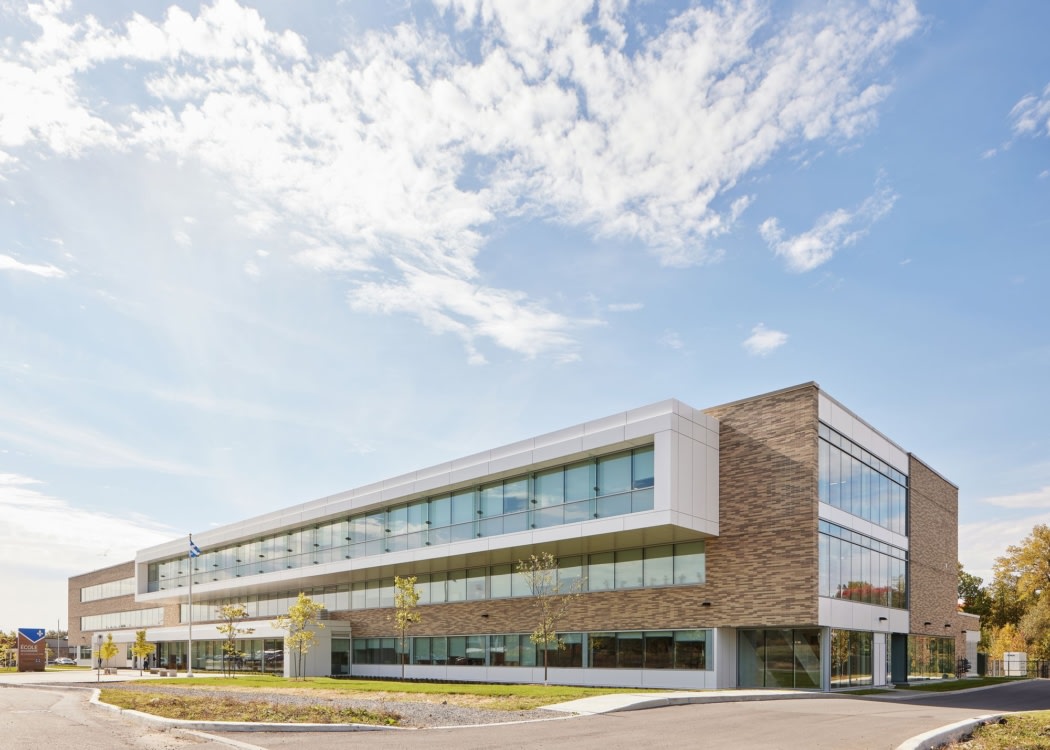
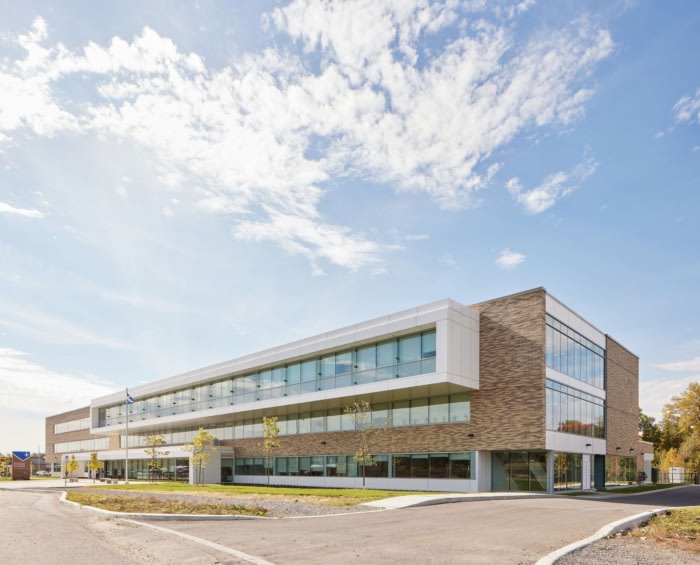
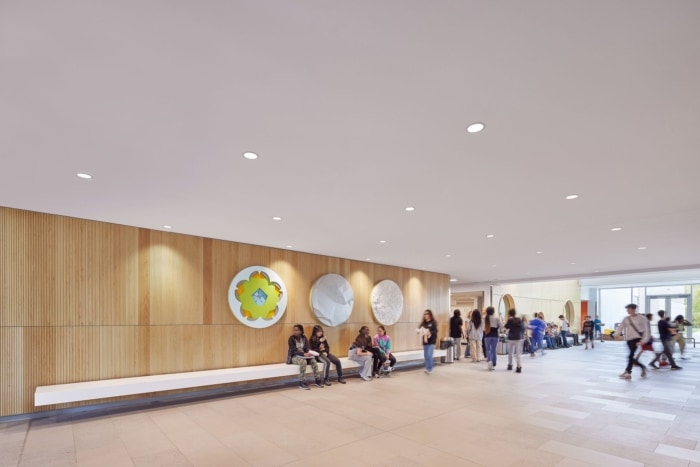
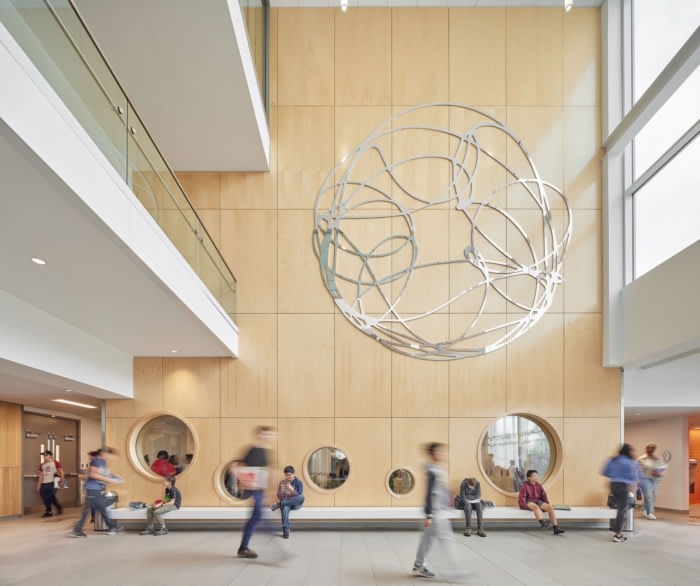
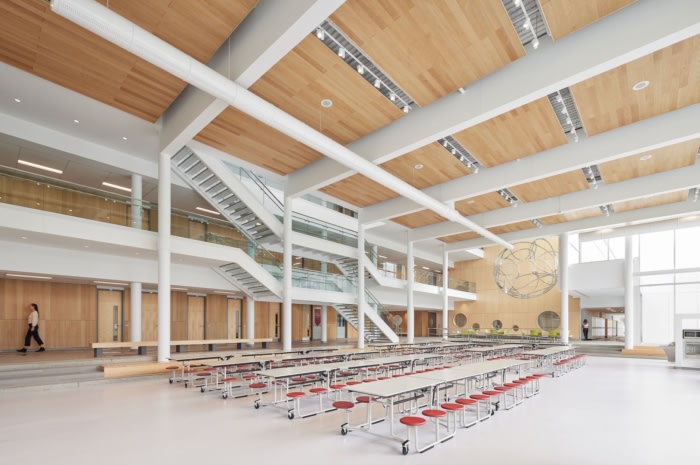

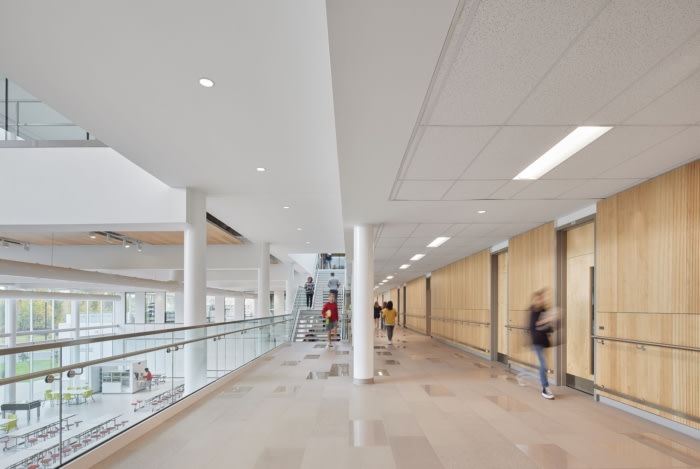
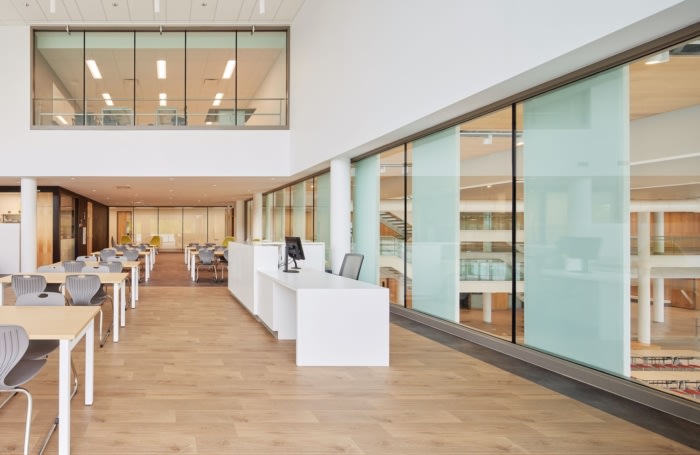

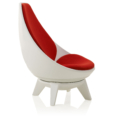

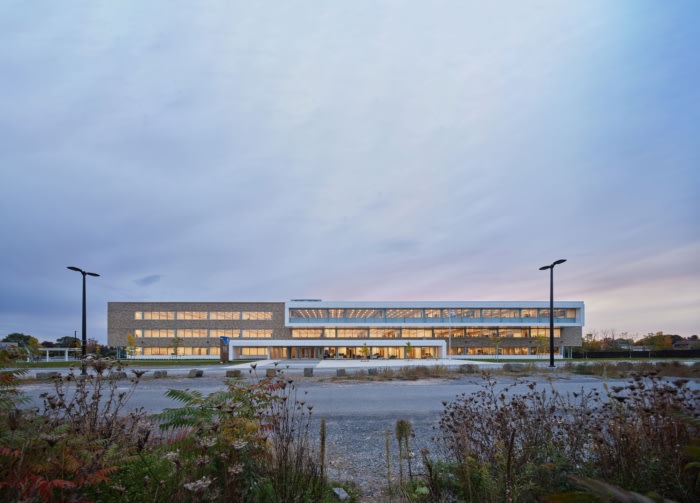



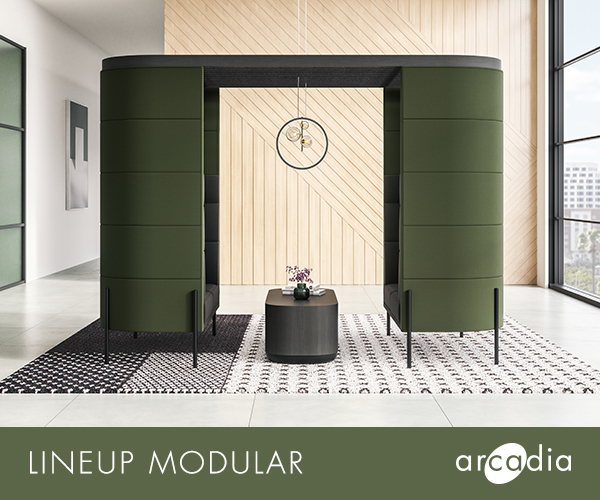
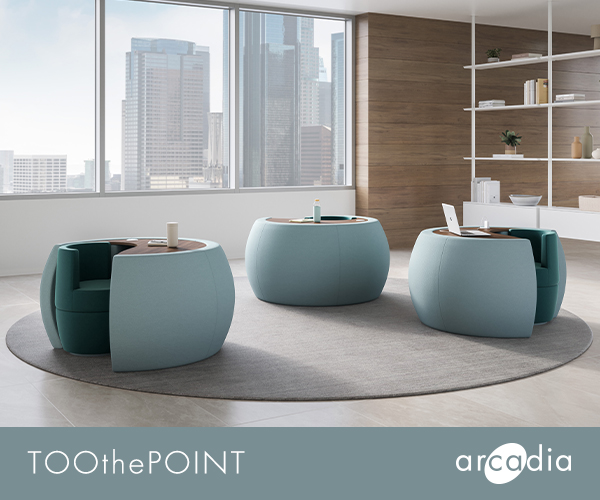




Now editing content for LinkedIn.